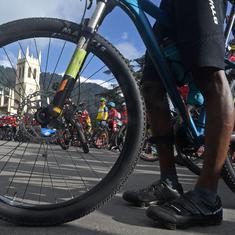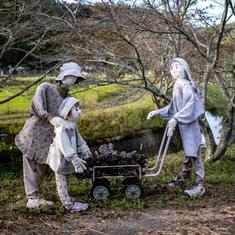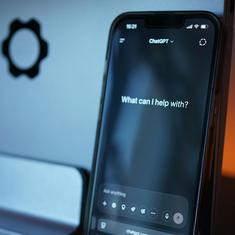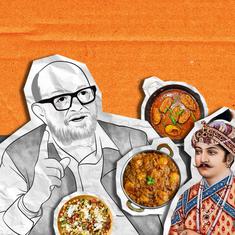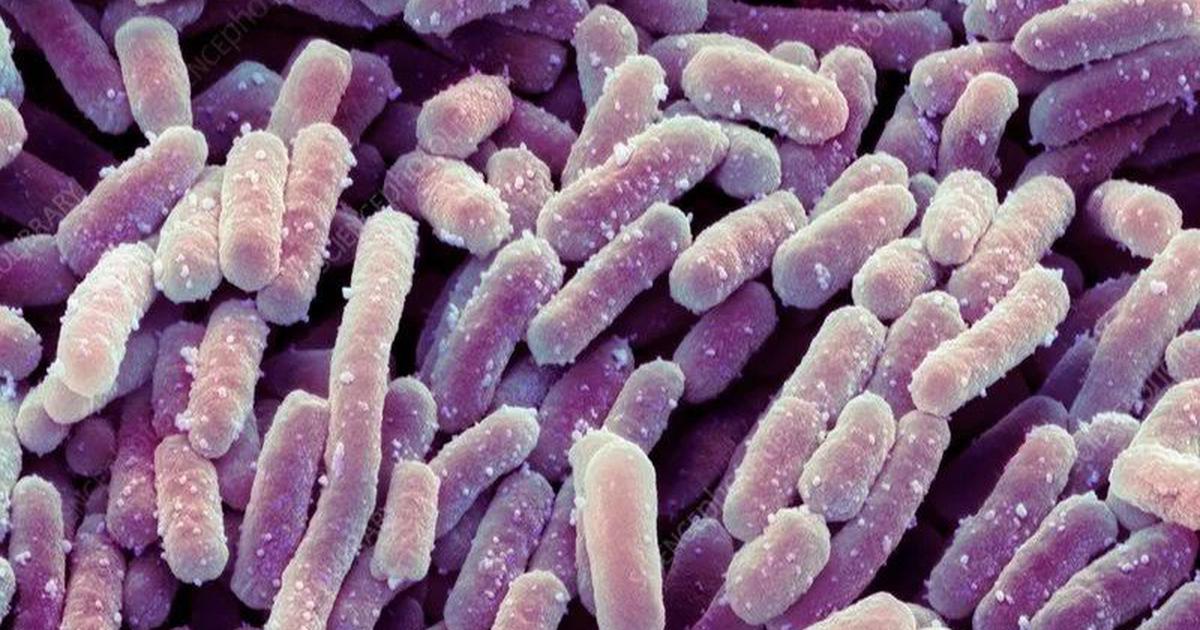On 5 June 2012 (World Environment Day), a very different kind of train steamed into New Delhi’s Safdarjung Railway Station. It was the Science Express. The train was sparklingly clean, with its air-conditioned interiors and exhibits having been completely redone according to the theme for the year.
In 2012, that theme was aligned to the United Nations’ focus on biodiversity and the prevention of desertification across the globe, so the train was called the Science Express Biodiversity Special.
After a few hectic days packed with visits from schoolchildren, the train was scheduled to set off on a unique journey.
Just five years earlier, in 2007, the Science Express had been launched as a joint project between India and Germany, with Prime Minister Manmohan Singh and German Chancellor Angela Merkel at the flag-off. Since then, this 16-coach museum-on-wheels had been travelling across India, averaging between 15,000 to 20,000 km every year. It stopped at over fifty stations so that school kids could visit and explore the exciting world of science and technology.
But there was something extra special about the Science Express in 2012. It came with a voting booth for just kids no adults allowed! And can you guess what the children across India were asked to vote for? The National Microbe!
While we love and admire large, impressive animals and beautiful trees or flowers, we tend to forget how microbes pretty much govern our lives. These microorganisms, visible only through a microscope, include bacteria, viruses and fungi.
The Centre for Science Education shortlisted eight important microbes for students to vote on. These included:
Saccharomyces cerevisiae: This fungi has been “domesticated” by humans for thousands of years, just like cattle, sheep and dogs! This unpronounceable microbe is found in wild yeast and is used in wine-making, breadmaking and for brewing beer – things humans have been doing since prehistoric times, as early as 6000 BCE (even without knowing the name of the microbe!).
Lactobacillus delbrueckii: This is the bacteria that converts milk to curd and is used in cheese-making.
Blue Mold: The fungi from which penicillin is extracted, resulting in huge advances in medical science and the saving of millions of lives.
Other microbes on the shortlist were less familiar.
Mucor is found in plant roots and produces ethanol, which could become an alternative to petrol.
Rhizobium is a microbe that forms nodes in the roots of pulse plants like beans and dal. This fixes nitrogen in the soil to produce ammonia, which is a key fertiliser. So farmers often plant beans or pulses in between crop cycles for natural, organically created fertiliser.
E-coli K12: Though E-coli found in food has caused upset stomachs, this is a “good” bacteria. E-coli K12 is found in our gut and helps form Vitamin K12.
Spirogyra is found in algae across the oceans. It traps CO2 in much the same way that forests are considered carbon sinks, and hence plays an important role in controlling global warming.
Bacteriophage T4 is found in the River Ganga and has unique bacteria-destroying properties, which could have an immense impact on medical research.
And the winner is…
On 18 October 2012, based on the votes cast, the government announced the winning microbe. It was Lactobacillus delbrueckii! Mucor came second.

Excerpted with permission from The Story Of India’s National Symbols, Kavitha Mandana, Talking Cub.

